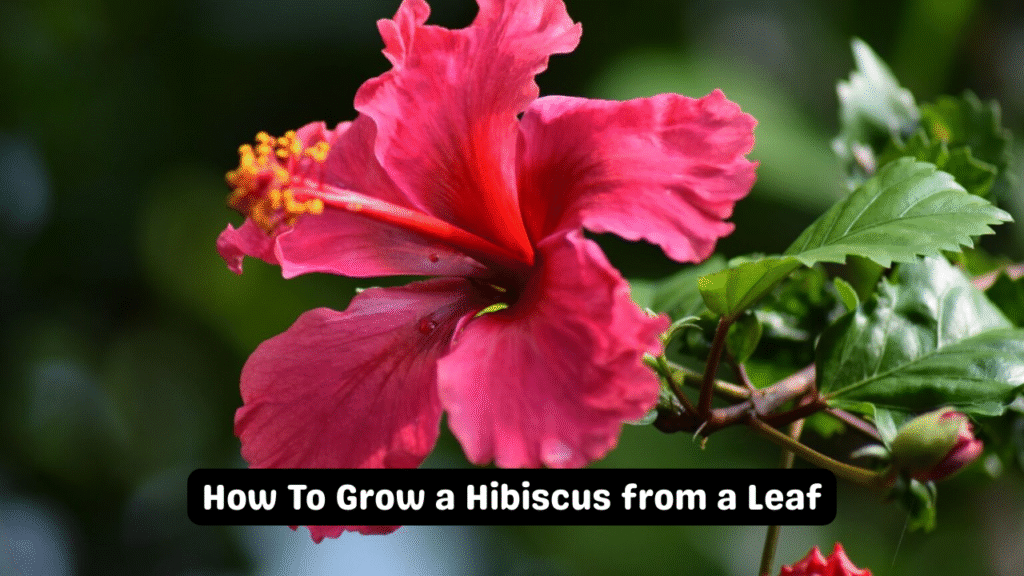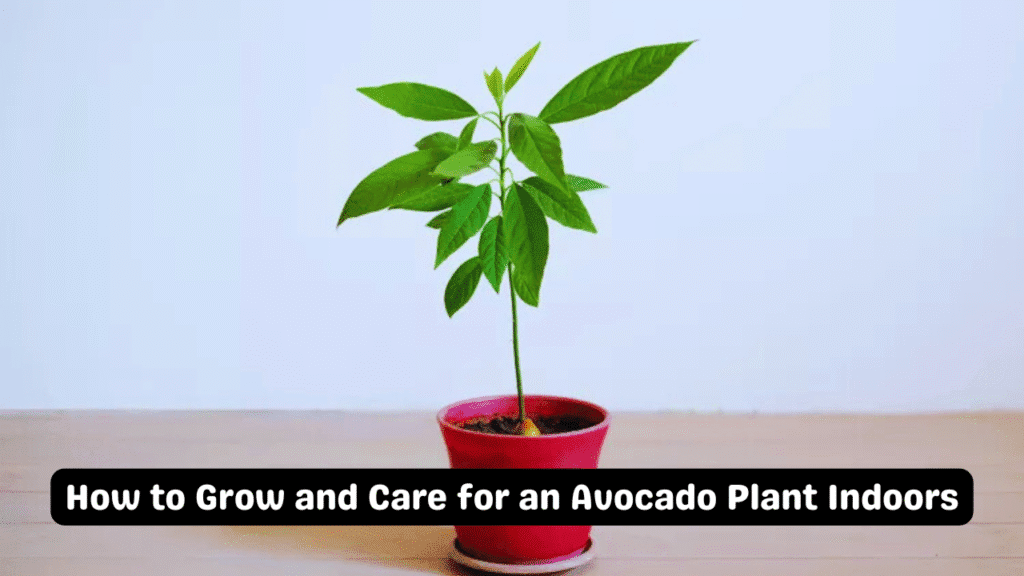Spider plants (Chlorophytum comosum) are beloved houseplants, celebrated for their easy-going nature, air-purifying powers, and charming cascading foliage. But if your spider plant is starting to look thin, leggy, or just plain sad, don’t worry—we’ve got you covered. This guide dives into everything you need to know to make your spider plant lush, full, and thriving.
Know Your Spider Plant
Spider plants grow in a rosette form, sending out long arching leaves from the center and producing baby offshoots (aka “spiderettes”) on long stems. The key to bushiness? Encouraging more leaf growth at the base and producing plenty of those iconic baby plants.
1. Choose the Right Pot & Soil
- Pot size matters: Go for a pot that’s 1–2 inches wider than the current one. Too small, and it gets root-bound; too big, and water may sit too long.
- Drainage is key: Always pick a pot with drainage holes.
- Use good soil: A well-draining potting mix for houseplants, ideally mixed with perlite or sand, supports root health and prevents soggy soil.
2. Perfect the Lighting Setup
Spider plants love bright, indirect sunlight. A sunny windowsill filtered by a sheer curtain works great. Avoid harsh direct rays—they can scorch leaves and stunt growth. Low light is tolerated but won’t give you that bushy look.
3. Master Your Watering Game
- Water when the top inch is dry.
- Avoid soggy soil: Too much moisture causes root rot, while too little leads to leaf tips turning brown.
- Water less in winter when growth naturally slows down.
4. Feed for Fullness
Use a balanced, water-soluble houseplant fertilizer once a month during spring and summer. This helps boost growth and encourages more offshoots. Don’t overdo it—too much can burn roots or make the plant lanky.
5. Prune for Shape & Growth
- Snip away dead or yellowing leaves.
- Trim long baby spiderettes after they root to encourage more offshoots.
- Light pruning redirects energy into fuller base growth.
6. Propagate for a Bushier Look
Rooted spiderettes can be planted back into the main pot for a denser appearance. It’s like giving your plant more heads without buying new ones. Bonus: You’ll have extra baby plants to gift or grow.
Final Thoughts

Spider plants are low-maintenance legends, and with a few tweaks, yours can become a showstopper. By focusing on proper pot size, smart watering, pruning, and propagation, you’ll enjoy a thriving spider plant that’s as full and green as your indoor jungle dreams.




